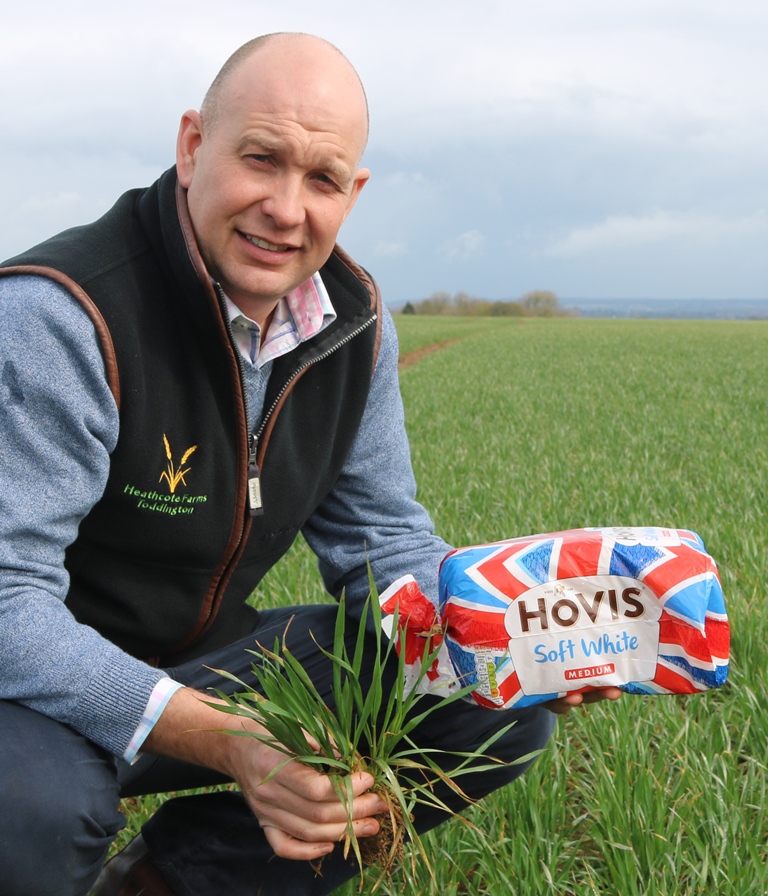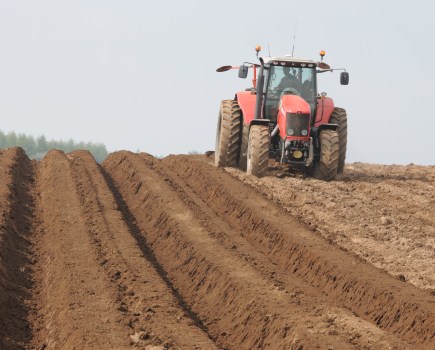One of the UK’s largest flour-milling businesses is to expand its interest in Group 2 wheats following large-scale milling trials.
Rank Hovis has found KWS Siskin performed well in certain grists. This news is set to provide a boost for the variety that first joined the AHDB Recommended List in 2016 and has taken a sizeable share of the wheat market.
“This is an exciting development for Rank Hovis,” says Shaun Taylor, technical director of Rank Hovis Milling.
“We have been searching for a variety with the characteristics needed to complement specific, more demanding, baking processes. KWS Siskin has demonstrated it has the potential to fill these needs

Beds grower Andrew Robinson has achieved milling spec with his crop of KWS Siskin – CPM paid him a visit.
“At full milling specification KWS Siskin looks to be a useful variety as it performs extremely well in grists that are more rheologically demanding and, as such, has been uniquely placed in helping us to enhance the performance of certain flours.
“After such a promising performance it is clear that KWS Siskin will be a mainstay variety for us going forward while other work will consider its potential to contribute to other grists,” he adds.
Work so far has only considered KWS Siskin’s performance when grown at full Group 2 specification (13% protein) though further trials are underway to evaluate its performance at the lower protein content of 12.5%.
Peter Jones, national wheat manager for Rank Hovis, acknowledged that for the company to secure samples at full Group 2 specification it would need to incentivise growers to go for the higher proteins.
“We are looking at what level of premium is needed to secure supplies, but it seems to be a variety capable of producing both high protein of a functional nature in certain grists,” he says.
William Compson, KWS cereal product manager, points out that KWS Siskin’s potential to fulfil a range of end-use applications was clear from the early stages of its development. “We’re pleased to see its versatility has been confirmed by one of the UK’s largest flour millers.
“This public endorsement gives further support to growers of one of the UK’s most popular varieties and completes what is a strong proposition of established end-user demand, good agronomics and excellent on-farm performance,” says William.




